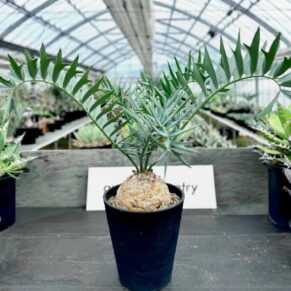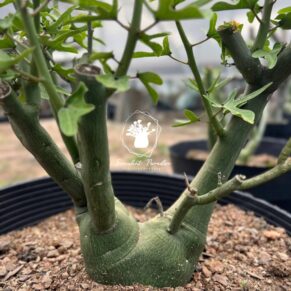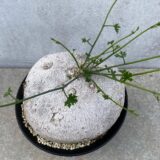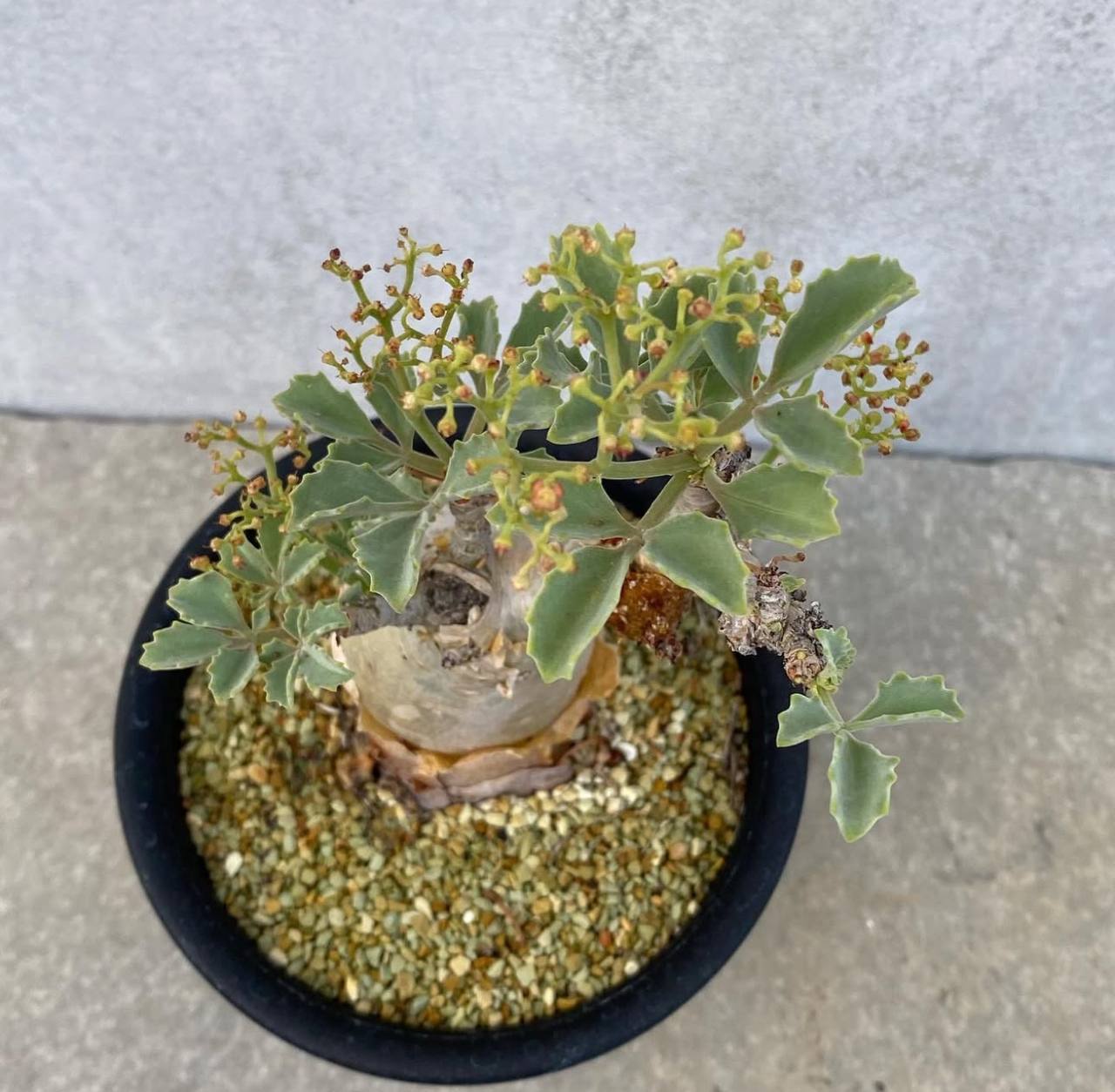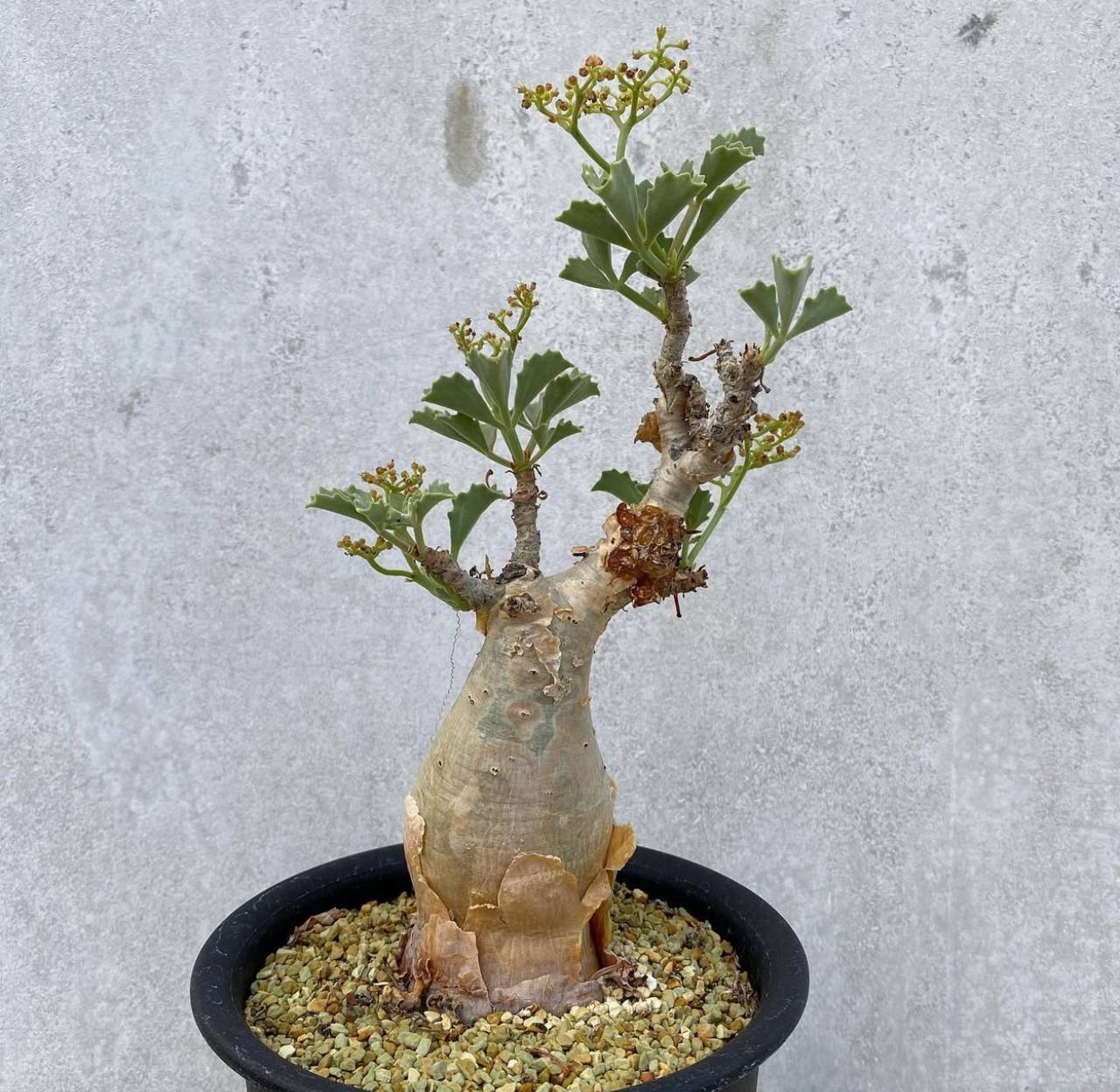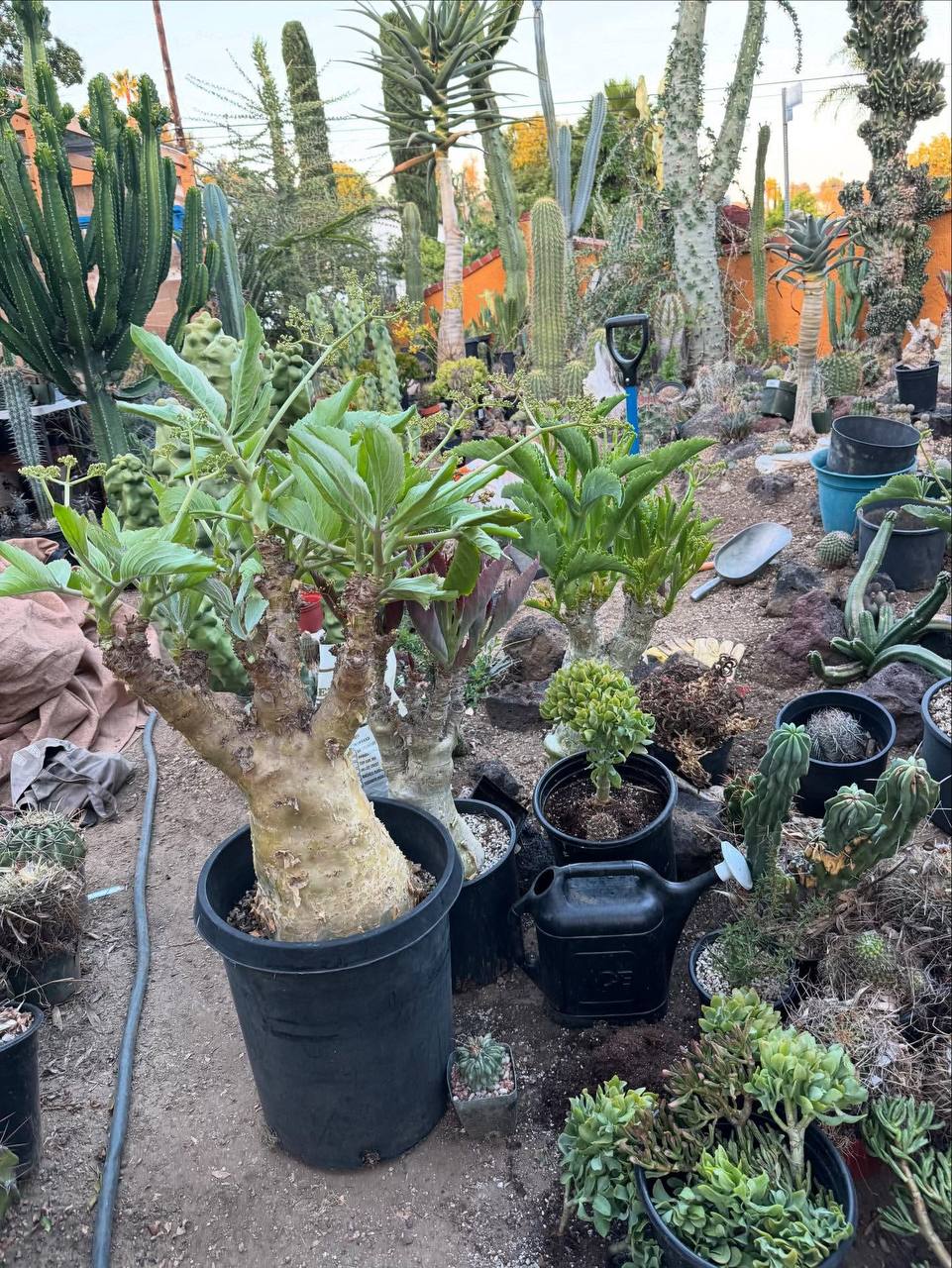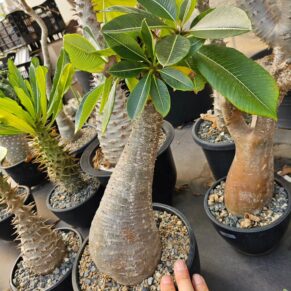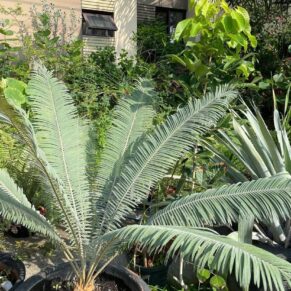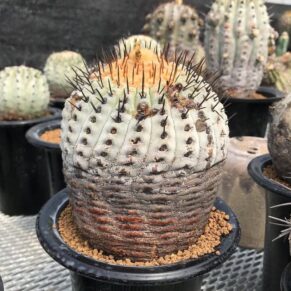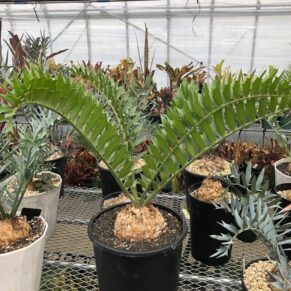- Your cart is empty
- Continue shopping
Shop
cyphostemma bertiforme
Price range: $200.00 through $350.00
Cyphostemma bertiforme is a rare plant species from the Vitaceae family, known for its unique features, ecological role, and potential medicinal uses.
Cyphostemma bertiforme: A Comprehensive Guide to Understanding This Remarkable Plant Species
Introduction
Cyphostemma bertiforme is a rare and unique species of plant belonging to the Vitaceae family, a family of plants known for its climbers and vines. The species, C bertiforme, has garnered interest due to its intriguing characteristics, ecological importance, and potential medicinal properties. Facebook Group.While it may not be as widely recognized as other plant species, C bertiforme offers valuable insights into biodiversity and the importance of conservation efforts for lesser-known plant species.shop bertiforme

This comprehensive guide explores everything you need to know about Cyphostemma bertiforme, including its taxonomy, habitat, unique features, uses, and conservation efforts. Additionally, we will explore its relevance in both traditional and modern contexts, shedding light on why this species deserves more attention from both the scientific community and environmentalists.shop bertiforme
What Is C bertiforme?
C bertiforme is a species of plant that thrives in specific ecological niches. It is known for its distinctive features and is often found in certain regions of the world where the climate supports its growth. With a botanical name derived from the genus C yphostemma (part of the Vitaceae family), this species stands out due to its unique attributes and potential ecological role.
Taxonomy and Classification
-
Kingdom: Plantae
-
Division: Angiosperms
-
Class: Eudicots
-
Order: Vitales
-
Family: Vitaceae
-
Genus: Cyphostemma
-
Species: C. bertiforme
Cyphostemma bertiforme is categorized within the Vitaceae family, a family consisting primarily of climbing plants. This genus, Cyphostemma, is home to various species that are often found in tropical and subtropical regions.
Habitat and Distribution
Cyphostemma bertiforme is native to specific regions with favorable environmental conditions, often characterized by high humidity, moderate temperatures, and well-drained soils. It can be found in select areas, often in countries with tropical or subtropical climates. The plant is relatively rare in the wild and typically requires particular ecological conditions to thrive.
The plant’s habitat includes:
-
Tropical forests
-
Subtropical regions
-
Mountainous terrain
-
Riparian zones
C bertiforme tends to grow in areas where it can access sufficient moisture and sunlight, though it is adapted to survive in shaded, forested environments. It is not a species commonly found in urban environments but prefers more remote, natural settings.shop bertiforme
Physical Characteristics of C bertiforme
Size and Shape
C bertiforme is a climbing vine, with its tendrils allowing it to cling to nearby structures for support. These tendrils enable the plant to grow vertically or horizontally, depending on the surrounding environment.
The plant’s size can vary, but it typically grows to an average height of:
-
10–15 feet in length, though this can vary significantly in ideal conditions.
The plant’s foliage is often large and vibrant, with leaves exhibiting distinct characteristics that aid in its identification. The leaves of C bertiforme can be described as:
-
Broad and heart-shaped
-
Deep green in color
-
Serrated edges, contributing to a rough texture
Flowers and Fruit
C bertiforme produces clusters of small flowers, usually during specific seasons when the climate is most favorable. The flowers are typically inconspicuous but fragrant, designed to attract pollinators.
The fruit of Cyphostemma bertiforme is often small, dark, and berry-like. It typically ripens in stages, depending on the plant’s exposure to sunlight and climatic factors. The berries have been noted for their unique taste and occasionally for their medicinal properties, depending on local uses.

Uses and Applications of C yphostemma bertiforme
Traditional Uses
Throughout history, plants in the Cyphostemma genus have been used for various purposes, particularly in indigenous cultures where natural resources were utilized for survival. C bertiforme, while not as widely studied or utilized as other species, has been noted for:
-
Medicinal Uses:
-
Anti-inflammatory properties: In some cultures, parts of the plant have been used to alleviate swelling and pain, though scientific validation for such claims remains an area for future research.
-
Digestive benefits: The fruit and leaves of the plant have occasionally been used in traditional remedies for digestive discomfort, promoting better gut health.
-
-
Cultural Significance: In some communities, C bertiforme holds symbolic importance. The plant may be associated with rituals, spiritual practices, or community bonding activities, especially in regions where it grows abundantly.
Modern Uses and Research
With increasing interest in plant-based therapies and sustainable resources, C bertiforme has started to attract attention from modern scientists and researchers. Its possible medicinal benefits, combined with its rarity, make it an intriguing subject for future study. Some potential uses include:
-
Pharmaceutical Research: As plant-based medicines continue to gain traction, Cyphostemma bertiforme could provide compounds of interest for developing new drugs or treatments.
-
Ecosystem Services: The plant’s role in its natural habitat is vital for maintaining local biodiversity, as it may serve as a food source for specific wildlife and contribute to soil stability.
Conservation Efforts
Due to its rare status, C bertiforme is not widely cultivated or protected. This can lead to concerns about its long-term survival, particularly in the face of deforestation and habitat destruction.
Conservation efforts should focus on:
-
Habitat Protection: Ensuring that areas where Cyphostemma bertiforme naturally grows are protected from logging, land development, and other activities that can disrupt the plant’s ecosystem.
-
Research and Education: Raising awareness about the importance of lesser-known species like C bertiforme is essential for ensuring that it doesn’t become endangered or extinct.
-
Sustainable Harvesting: If parts of the plant are used for traditional medicine or other purposes, sustainable harvesting practices should be implemented to avoid depleting the species.
Environmental Role of Cyphostemma bertiforme
As a climbing vine, Cyphostemma bertiforme plays a vital role in its ecosystem. Like many plants in the Vitaceae family, it contributes to the structural diversity of the forest. By climbing over other vegetation, it can:
-
Provide habitat for insects and small animals.
-
Enhance the local microclimate by providing shade and reducing soil erosion.
-
Support other plant species by acting as a support for climbing and vining plants.
Moreover, its ability to thrive in specific environmental niches makes it an important indicator species for environmental health, as changes in its distribution can signal broader ecological shifts.
Cyphostemma bertiforme in the Global Ecosystem
C bertiforme, like many rare plants, has a broader impact on the global ecosystem. Its role in maintaining biodiversity in its local environment extends far beyond its immediate surroundings. Plants like C bertiforme are part of intricate ecological webs, supporting a wide variety of organisms and contributing to the resilience of ecosystems in which they reside.shop bertiforme
The plant’s ability to survive in difficult conditions allows it to be a critical part of local food webs. It provides sustenance to certain species of herbivores, and its seeds may be consumed and dispersed by animals, ensuring genetic diversity and promoting forest regeneration.
Challenges in Studying C bertiforme
Despite its potential, C bertiforme is not extensively studied, and much of its biology remains a mystery. This lack of knowledge presents several challenges:
-
Limited research: More scientific studies are required to understand its medicinal properties fully.
-
Conservation needs: Without detailed ecological data, it is difficult to establish effective conservation strategies.
To overcome these challenges, it is crucial to involve local communities, ecologists, and researchers in efforts to study and conserve the species. Only through collaborative research can we ensure that C bertiforme continues to thrive for generations to come.shop bertiforme

Conclusion
C bertiforme is a fascinating and unique plant species with untapped potential in various fields, from traditional medicine to modern ecological studies. While it is not yet widely recognized, it holds significant promise as both an ecological asset and a subject for further scientific exploration. By understanding its taxonomy, habitat, characteristics, and uses, we can better appreciate its role in nature and take meaningful steps toward its conservation.
As we move forward in a world that increasingly values biodiversity and sustainable practices, C importance will undoubtedly grow. It reminds us that even lesser-known species have much to offer, whether in terms of medicinal value, ecological contributions, or cultural significance. Let us continue to learn about, protect, and promote this remarkable plant for the benefit of our planet’s future.shop bertiforme
| size | Medium, Large |
|---|

